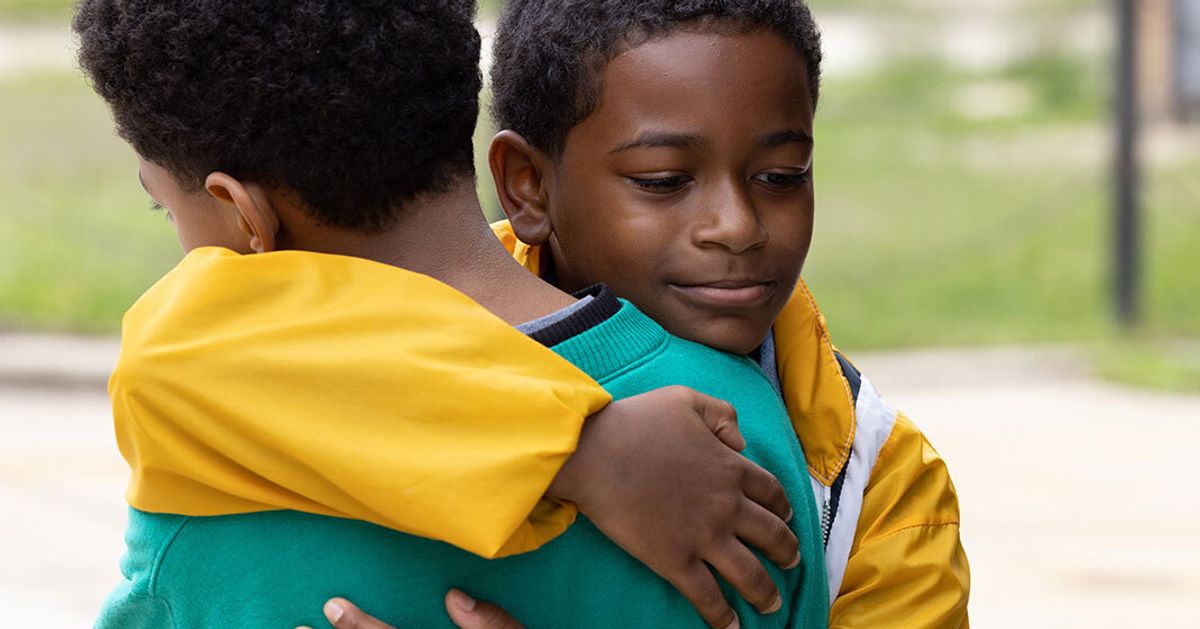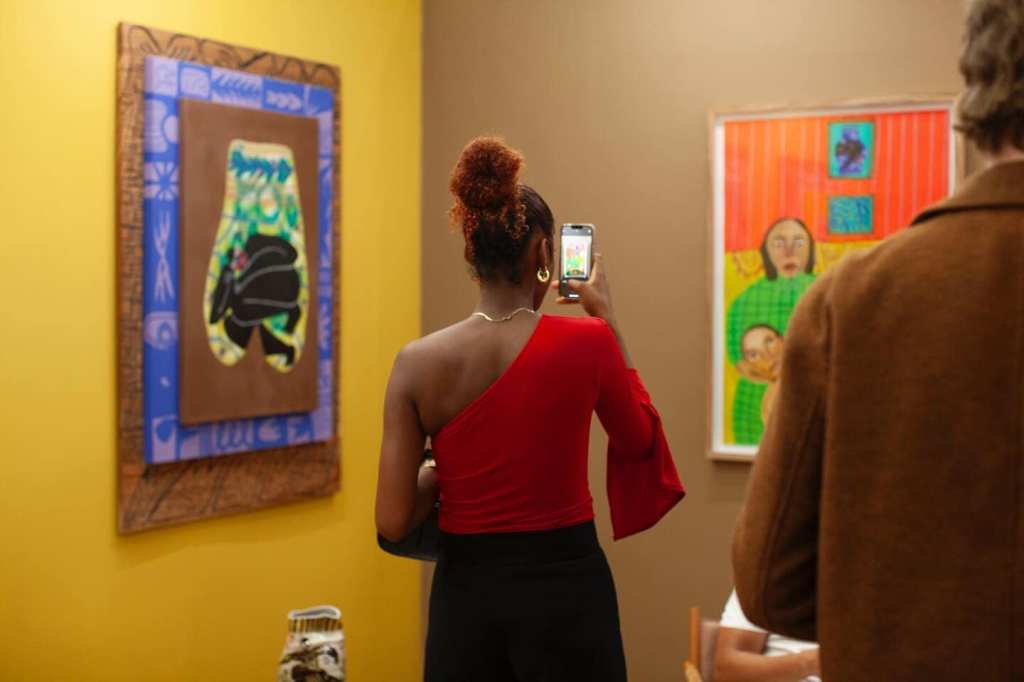Before 1992, Cabrini-Green, a more than 15,000-person housing project originally built as homes for war veterans, was just another Black and brown community in Chicago that was in decline. It was under-resourced, under-protected, beset by gang activity and police raids, and otherwise dismissed.
Still, like many other neighborhoods throughout the country, life for the residents went on; kids attended school, adults worked hard to make a dollar out of 15 cents, joy was had. There was some laughter and more than plenty of tears, yet beautiful life was born there every day.
Then, in October 1992, things got worse. Seven-year-old Dantrell Davis, a resident of Cabrini-Green, was fatally shot with a bullet intended for a gang member, making him the latest victim in an escalating number of gun violence deaths across the city.
While the event catapulted the community into the national spotlight, understandably rattling those who lived there, housing projects everywhere largely became perceived as an image of the city to be feared, not one that had any actual promise.
This may be known to those who were paying attention over the decades, or maybe more recently looked into the housing project after watching the 2021 remake of the horror film “Candyman,” which was set in Cabrini-Green.
But a version of this background was a necessary prologue in writer-director Minhal Baig’s deeply human drama “We Grown Now,” which premiered at the Toronto International Film Festival on Friday. That’s not because the movie’s narrative is in service of this bleak and all-too-familiar landscape, though.
Ralf-Finn Hestoft via Getty Images
Rather, it’s on the periphery of an even more urgent and buoyant reflection of Black youth, perseverance, imagination and the meaning of home. The film portrays this primarily through the stories of fictional 10-year-olds Malik (Blake Cameron James) and his friend Eric (Gian Knight Ramirez) in 1992, around the same time as Davis’ murder.
The theme of home particularly resonated with Baig, a Pakistani American filmmaker born and raised in a red brick house in Chicago’s Rogers Park. “The city of the greatest basketball team that ever existed,” she fondly notes in her director’s statement for “We Grown Now.” You can practically hear her smiling through this text on the page.
Like the characters in her movie, Baig has many different feelings about the Windy City.
It was only recently that she returned to live there from her adoptive Los Angeles. In 2013, her father’s death made it difficult to still call Chicago home. It was where she and her siblings grew up, but her dad was no longer around to ground it for them as he did before, leaving behind their house.
“We were all wrestling with what to do with the home,” she told me on a video call ahead of the Toronto festival.
“It just felt very strange to be living there after that experience,” she continued. “I had a very different relationship with it than my siblings did, and I wanted to explore this concept of home.”
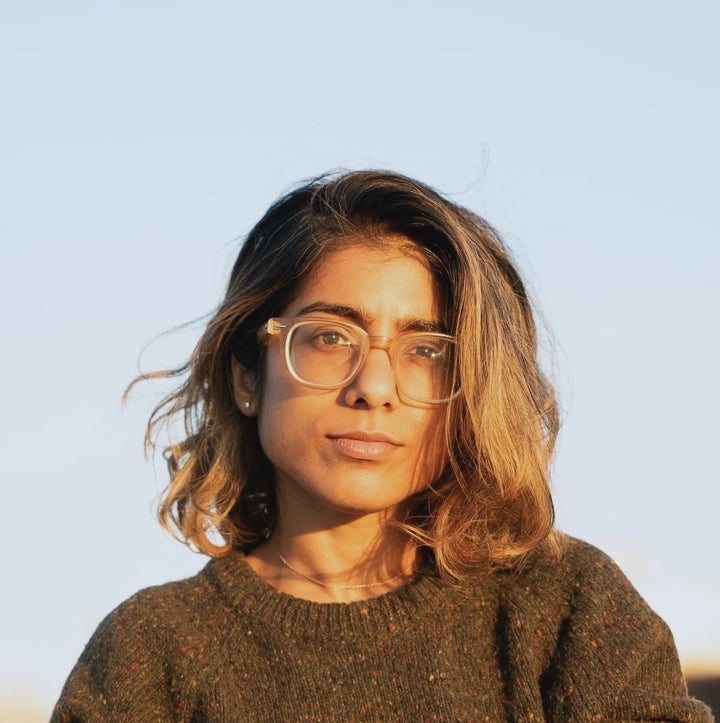
But she didn’t want to do it through a narrative inspired by her own family like she had with 2019’s “Hala,” a similarly grounded drama that follows a Muslim teen (Geraldine Viswanathan) as she comes of age.
So how did processing personal grief bring Baig to a story like “We Grown Now”? Before I could even ask, she acknowledged that the connection may seem somewhat “oblique.”
While there are many universal themes throughout the film, including the study of home, it centers on Black characters and is set inside of a housing project she never lived in.
Throughout her youth, Baig only had a tangential relationship with the Cabrini-Green community, whose last high-rise was demolished in 2011 as part of then-Mayor Richard Daley’s “Plan for Transformation,” a thinly coded gentrification scheme.
She only knew as much about the community as many other people living in Chicago.
“Growing up, there was always this understanding that the housing projects exist in the city, but they always felt like a world away,” Baig recalled. She said that after graduating from Yale in 2012, returning to Chicago without seeing Cabrini-Green’s high-rise buildings made it seem “vacant” — a feeling intensified by her father’s death the following year.

Ralf-Finn Hestoft via Getty Images
The mayor’s plan to turn the area into mixed-income housing resulted in, as Baig put it, “something that was not quite as promised.”
That’s to say the least. But the sense of displacement made Baig want to investigate her own ideas and ideals of home. What is a home, if not for the people?
This becomes the central conflict in “We Grown Now.” Malik’s mother, Dolores (a wonderful Jurnee Smollett), makes the hard decision to relocate her family, including her own mother, Anita (an equally great S. Epatha Merkerson), out of Cabrini-Green when she gets a job offer.
While the move would give them greater stability, what they’re leaving behind — community, friends and familiarity — is just as dear to them, if not more so. And then there’s what it will mean for Eric. His dad (a dramatic turn for Lil Rel Howery that shows his range as an actor) doesn’t have the same opportunity as Dolores.
So the question is, how does a filmmaker who lived outside of this world wrangle with these specificities? What it was like to have to protect your kids from the police raiding your home, to learn that your classmate was gunned down just blocks away, to jump onto a stack of old mattresses on the playground as other kids swing hula hoops on their hips and boisterously cheer you on. Or to shit-talk about Isaiah Thomas versus Michael Jordan, and to dream about gardens that extend far beyond the brick and concrete that surround you.
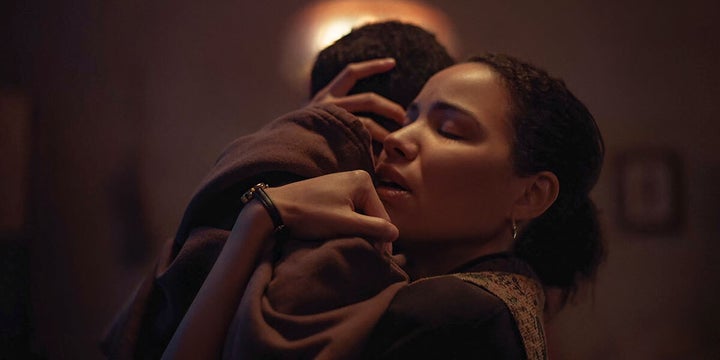
Those are just some of the vivid images that Baig illustrates in “We Grown Now,” which feels more intimate than you might expect. It is the result of a yearslong effort to collect as many stories as she could about the people who lived in Cabrini-Green at the time — however sweet, terrifying, hilarious and, yes, tragic — to humanize the community.
Beginning in 2018, she used Facebook, email and any other means she could to contact former residents. Sometimes she would only have a phone number, and show up wherever someone asked to meet her.
“I just wanted to understand what they remembered about the place,” Baig told me. “The story was coming out of those interviews, understanding that I may have had some preconceived ideas of what Cabrini-Green was and the reality was something really different.”
She paused briefly before adding, “They were stories that I hadn’t seen on screen before.”
As she wasn’t a Cabrini-Green resident or Black, you might think Baig would be met with some resistance when approaching people. But that wasn’t the case.
“I was expecting that I would be met with more skepticism, and I didn’t find that from any of the residents,” she said.
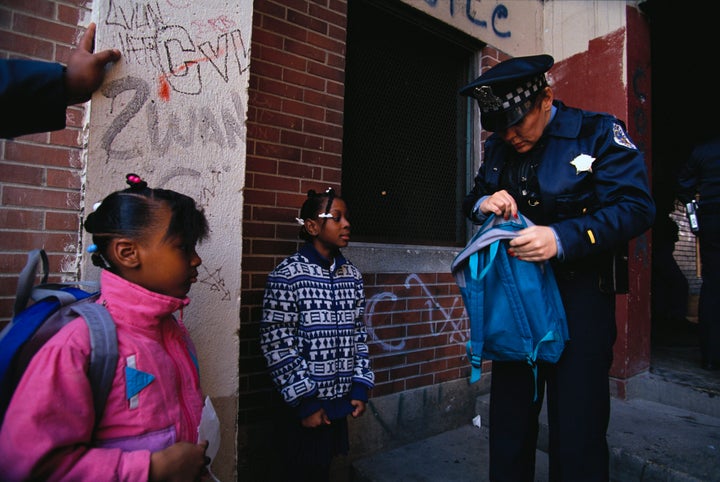
Ralf-Finn Hestoft via Getty Images
Still, did she feel additional responsibility as a non-Black filmmaker looking into these stories? In short, yes.
“That was why I treated the process in a very journalistic way, where I may have had ideas of what the story might be, but I really took the time to just talk to people and discover what emerged from that,” Baig explained.
This is partly why the film is shown from the perspective of children.
“I talked to a lot of people [who were] not that much older than me, but were growing up in the high-rises as kids and saw it in a very different light,” she said.
Among the residents she spoke to was Annette Freeman, Davis’ mother. Baig gained her trust after explaining that the film would engage with the actual community, fictionalizing some elements while remaining true to the essence of the stories people shared.
“Things like the way the raid was depicted or the scene in which they’re checking ID cards — those were stories that came out of the interviews,” Baig said.
Throughout the making of the film, she would often return to the oral histories to ensure that certain details remained accurate.
“Sometimes when you start in a journalistic phase and then you move away from that, you have to fictionalize some things,” Baig said. “This additional check-in before going to preproduction — we have to make sure that we’re also honoring the aspects of the story.”
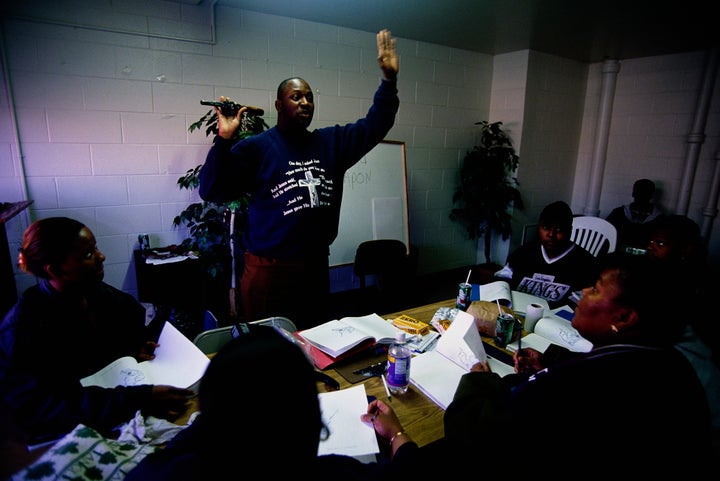
Shepard Sherbell via Getty Images
But at the same time — and amid a larger conversation around the depiction of Black trauma to propel plots — there is a need to show not only the reality of violence but also the natural wonder, fun and self-affirmation that comes with Black boyhood. That is a large part of what makes “We Grown Now” so fulfilling.
No images in the movie better reflect that than Malik and Eric’s meeting at the breezeway overlooking the city and yelling out through a chain-link fence: “My name is Malik! And my name is Eric! Don’t you forget us! I exist!” Their braggadocio, combined with a more subtle concern about being forgotten, underscores their humanity.
At this point, the audience might notice that they’re often walking in step with Malik, seeing things as he does. Baig was very intentional about this. If the scene were filmed from the vantage of onlookers in front of the breezeway, the kids might look fenced in. But showing the two from the back, as they look out from Cabrini-Green and onto the city, lets us see the same thing they do: possibility.
“I was thinking a lot about how this from the outset feels almost like a prisonlike architecture,” Baig said. “From the inside looking out, I could see from a kid’s perspective why it feels like there’s still so much to dream and hope for, in their neighborhood and outside of it.”
The filmmaker had an image in her head about the breezeway ever since she began conducting interviews with former residents.
“They’re a part of the city and yet also segregated to a very specific part in this high-rise, where there’s thousands of people living,” she said. “I saw this place where they would meet up as sort of like a shouting into the universe that they are there, and that their lives matter.”
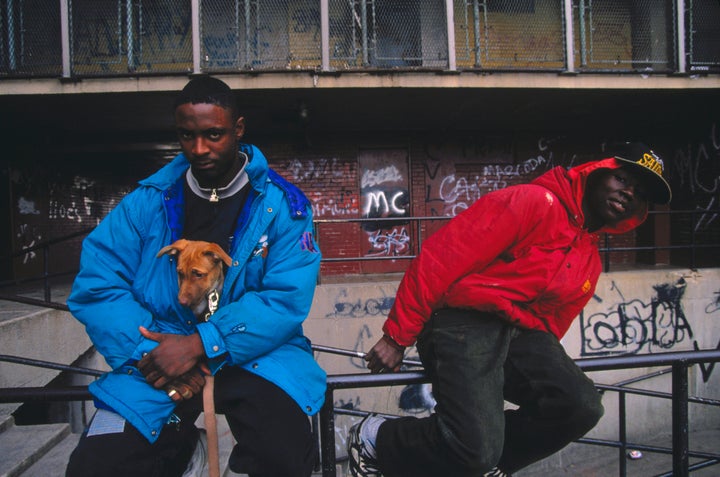
Ralf-Finn Hestoft via Getty Images
For Baig, reflecting childlike optimism with the harsher reality of the surroundings was a delicate but necessary dance. Part of that is honoring the multiple truths and complexities of Black youth during this era. Another part is being conscious of audience fatigue around an over-reliance on violence against Black bodies.
Something else that Baig was particularly aware of is how scenes like Davis’ funeral would impact the young actors.
“That was one of the litmus tests: Is this safe for the children inside of the scene?” she told me. “It was a very conscious decision to not show Dantrell in the casket.”
Baig wanted to make sure that any violence in the story was honest to the true events, but never explicitly depicted. It was more about “following these fictional children inside of this world.”
She realizes that her approach is different than what some audiences are used to seeing on screen. “A more traditional narrative might have gone in the direction of something really terrible happening to one of the kids. And I just didn’t feel like that kind of traumatic event needed to happen in this plot,” she said.
The filmmaker recalled speaking to Tremaine “MC Tree” Johnson, a hip-hop artist who grew up in Cabrini-Green in the early ’90s. He had shared a photo of himself and his “cohort” outside of one of the high-rises, an image that now hangs in a museum.
She asked him what happened to the other kids in the photo. “What he shared with me was really harrowing,” Baig said. “I was struck by the fact that all of these things happened outside of the scope of this photograph. … [They’re] tragic, and yet we were still able to focus on the joy and wonder of these kids together.”
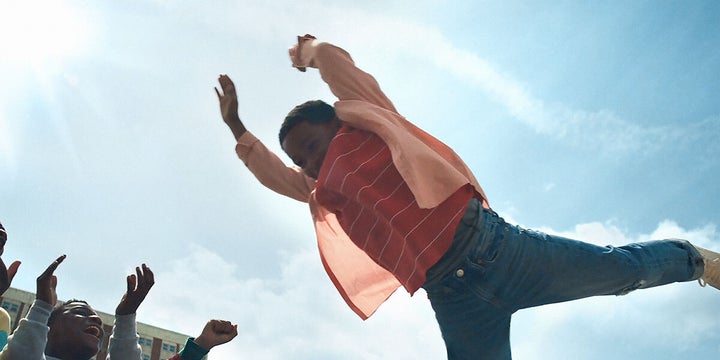
That’s important as a viewer, but it was just as crucial to Baig. She also remembered a conversation with her friend Wesley Lowery, a journalist who was on the front lines of the protests in Ferguson, Missouri, that began in 2014. Having covered myriad cases of violence against Black people and in Black communities, he was relieved to see that “We Grown Now” didn’t descend into trope territory, like so many other films had.
The two discussed the issue at length, in part because Baig was committed to the truth of the narrative as well as its humanity.
“I’m not Black. I’m not embodying that experience in the same way he is,” Baig said.
“What we were trying to do is, let’s focus on these kids and that experience and these high-rises,” she told me. “It’s not the easiest world to grow up in, but it’s got wonder, it’s got excitement. There’s things to love.”
And it’s a home — a critical point to emphasize. Cabrini-Green is now gone, but “We Grown Now” is a meditation on its people and their stories, suggesting that wherever they are is home.
Even long after wrapping the film, Baig still thinks about her own perception of home.
“People persist, communities persist, and they also evolve and change and become something else,” she said. “Rogers Park will never be the same as I remember growing up in it. But the people are there, and that’s what made it feel special.”
Though this sentiment may be “very nostalgic,” Baig said it’s relevant in how she lives her life today.
“I’m just thinking about how do I continue to make a home. It’s to surround myself with the community, of all that I love and just nurture those relationships,” she said.
